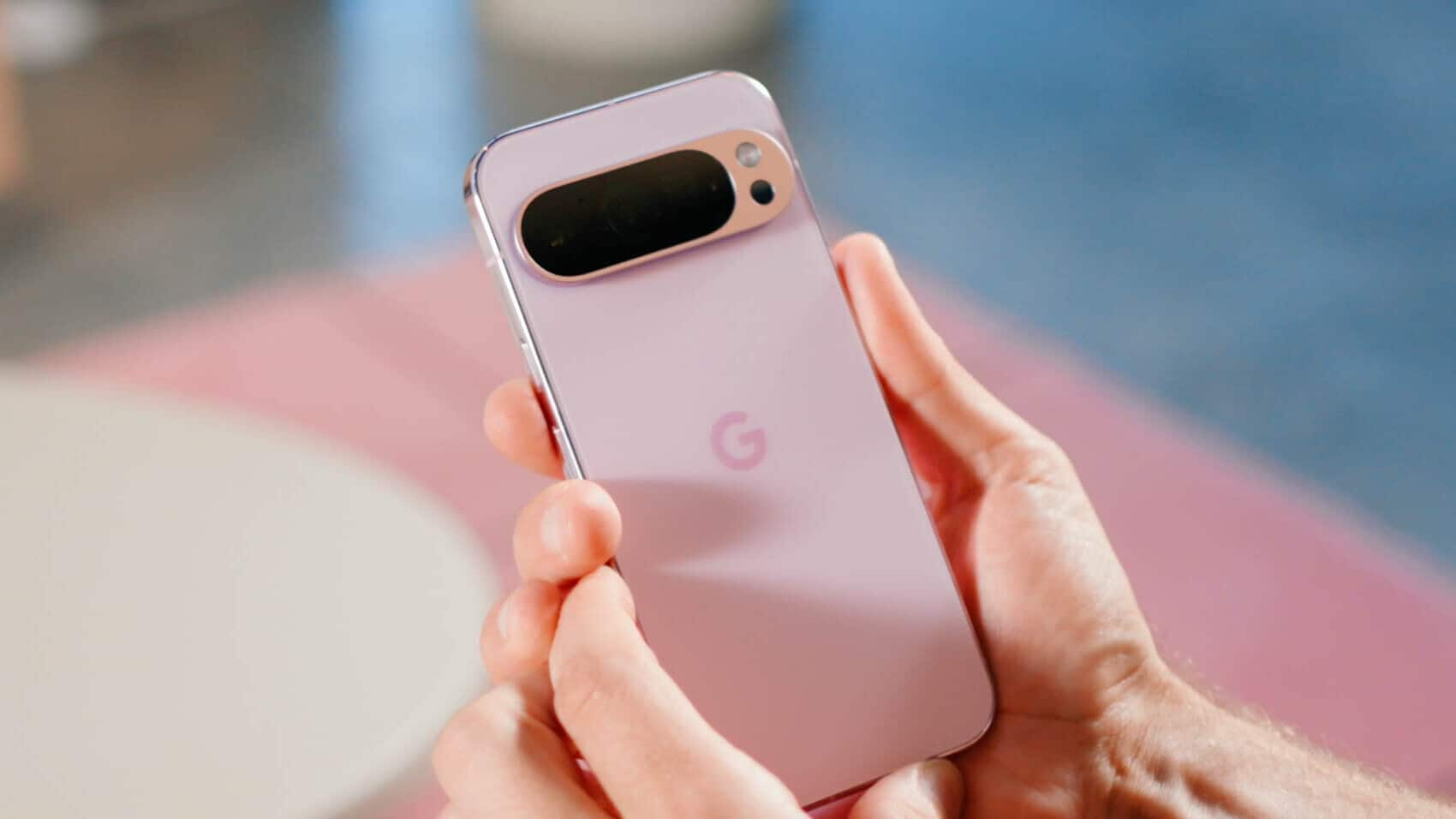
How Google's Pixel 9 makes SOS calls via satellite
What's the story
Google has introduced its latest flagship smartphone range, the Pixel 9 series, ofering a host of AI features, premium hardware, and a refreshed design. The Pixel 9 devices are also the first Android phones to feature satellite SOS service. In comparison, Apple has been offering the feature for a couple of years now. This safety tool enables users to communicate with emergency services even in areas without cellular or Wi-Fi coverage, by utilizing satellite connectivity. But how does it work?
Strategic partnership
Google collaborates with Skylo for satellite connectivity
To enable this groundbreaking feature, Google has joined forces with Skylo. The latter is a renowned operator of a Non-Terrestrial Network (NTN) and has previously experimented with smartphone satellite connectivity. Skylo licenses spectrum from companies that own and operate satellites for smartphone and IoT connectivity. Earlier this year, it announced its network was ready to provide coverage across the US and Canada.
Technological advancement
Pixel 9's Tensor G4 chip supports satellite connectivity
The connection between phones and satellites is facilitated by standards established in 3GPP Release 17, which extends 5G to a narrowband format suitable for NTNs. Google has incorporated this standard into the Pixel 9's Tensor G4 chip. The satellites function as relays, bouncing transmissions back to Earth where they are received by Skylo's Radio Access Network (RAN) and routed to the relevant authorities.
Service rollout
Satellite SOS service to be activated in the US
The Satellite SOS feature on the Pixel 9 will be activated in the US later this year. It not only allows users to connect with emergency services but also share their location with contacts. While access to a satellite is necessary, nearly every part of the world has access to at least one satellite. Google is providing Pixel 9 owners with two free years of SOS calling. However, the cost after this period remains undisclosed.